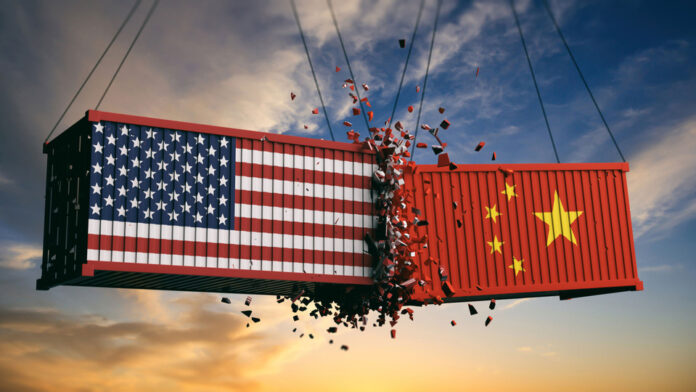China will impose port fees on US-owned, operated, built, or flagged vessels starting Tuesday, in response to similar US port fees on China-linked ships, the Chinese Ministry of Transport announced.
The new fees are part of a growing trade dispute between China and the US. China’s levies will target vessels with 25% or more of their shares or board seats held by US-domiciled investment funds, impacting a broader range of ships than initially anticipated.
Erik Broekhuizen, a marine research manager at Poten & Partners, highlighted the wide impact on publicly listed shipping companies, especially those with significant US investment. Analysts have also noted that some vessels will be required to pay port fees to both China and the US.
The new China fees will apply to 100 vessels owned by Poseidon’s Seaspan, chartered by container lines, and are set at $50 per net tonnage per voyage to the US. This will affect companies including Matson, CMA-CGM’s American President Lines, and Israel’s Zim, which have significant US ties.
Oil tanker operators, particularly US-listed firms like Scorpio Tankers, may also face the new fees. China’s port fees could add complexity to the global shipping network, potentially increasing costs amid already strained global trade dynamics.
The Chinese Ministry of Transport criticized the US fees as discriminatory, arguing they harm China’s shipping industry and disrupt the global supply chain. The US Trade Representative’s office did not immediately respond to requests for comment.
China has emerged as the leading global shipbuilder over the past two decades, and the introduction of these port fees is expected to add more cost to the already pressured global trade network.
Starting Tuesday, US-linked vessels will face a fee of 400 yuan ($56.13) per net metric ton when docking at Chinese ports. This rate will increase in 2026 and 2027, reaching 1,120 yuan ($157.16) by April 2028.
The new tariffs reflect the ongoing tensions in US-China trade relations, exacerbated by retaliatory measures in recent months, particularly in agriculture and energy sectors.
























